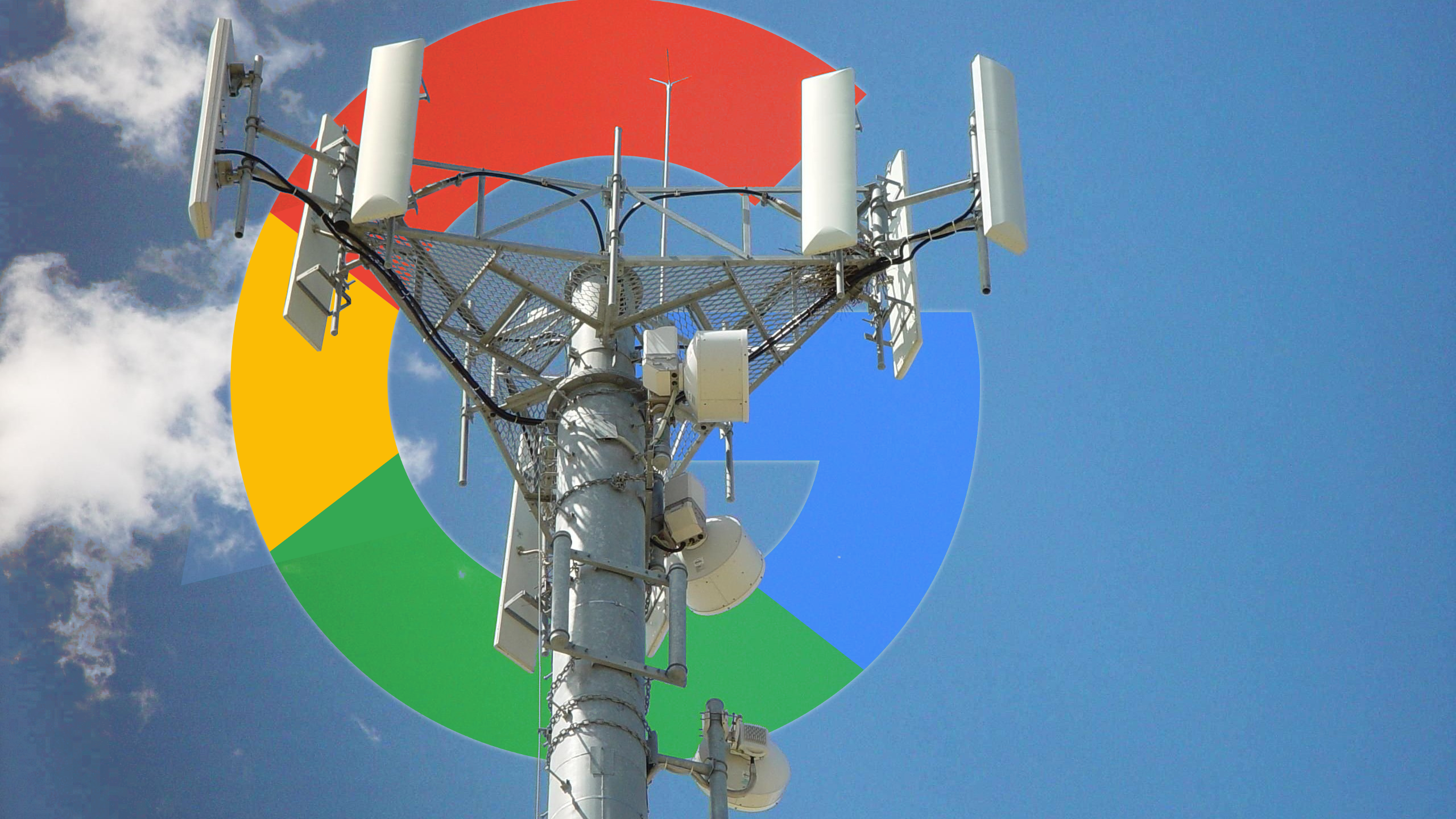Android 16 Enhances Stingray Protection for Mobile Users

SAN FRANCISCO – In a significant move to bolster user security, Android 16 introduces advanced tools to protect against electronic surveillance devices known as stingrays. These devices, which mimic cell towers, have been a growing concern due to their ability to extract sensitive information from mobile devices.
Immediate Impact
The latest update from Google marks a pivotal step in safeguarding mobile users from clandestine data interception. Stingrays, or IMSI catchers, are notorious for their ability to trick mobile phones into revealing personal data, posing risks not only to targeted individuals but also to anyone within their range.
Key Details Emerge
Android 16’s new features are designed to mitigate these risks by alerting users to unencrypted connections and attempts to access unique device identifiers. These enhancements are part of a broader strategy by Google to combat unauthorized surveillance.
Stingray devices can collect data from all nearby phones, not just targeted devices.
Industry Response
While Google’s efforts have been applauded by privacy advocates, the implementation faces challenges. The effectiveness of these features depends on compatible hardware, which is not yet widely available. As of now, only devices with specific modem capabilities will fully benefit from the new security measures.
By the Numbers
- 2G network disabling is available on most Android devices.
- Full feature availability requires Android’s IRadio HAL 3.0.
- Qualcomm’s SMS alert service for stingray attacks was introduced in 2021 but did not gain traction.
What Comes Next
The introduction of these features in Android 16 suggests that future devices, such as the anticipated Pixel 10, will likely support the enhanced security settings. Until then, most users will have to rely on existing protections while manufacturers work towards compatible hardware solutions.
Background Context
Stingray devices have long been used by military and law enforcement agencies but have increasingly been accessed by malicious actors. Google’s initiative to counter these threats began with Android 12, which allowed users to disable 2G connectivity—a common vulnerability exploited by IMSI catchers.
Google’s ongoing efforts reflect a commitment to user privacy and security.
Expert Analysis
According to cybersecurity experts, the new settings in Android 16 are a critical development in the fight against unauthorized surveillance. However, they caution that the real impact will depend on widespread adoption by device manufacturers and carriers.
The timing of this release is particularly significant as digital privacy concerns continue to escalate globally. Google’s proactive stance may set a precedent for other tech companies to follow, potentially leading to industry-wide changes in mobile security standards.
As the landscape of digital threats evolves, Android’s advancements in mobile security underscore the importance of continuous innovation in protecting user data.





